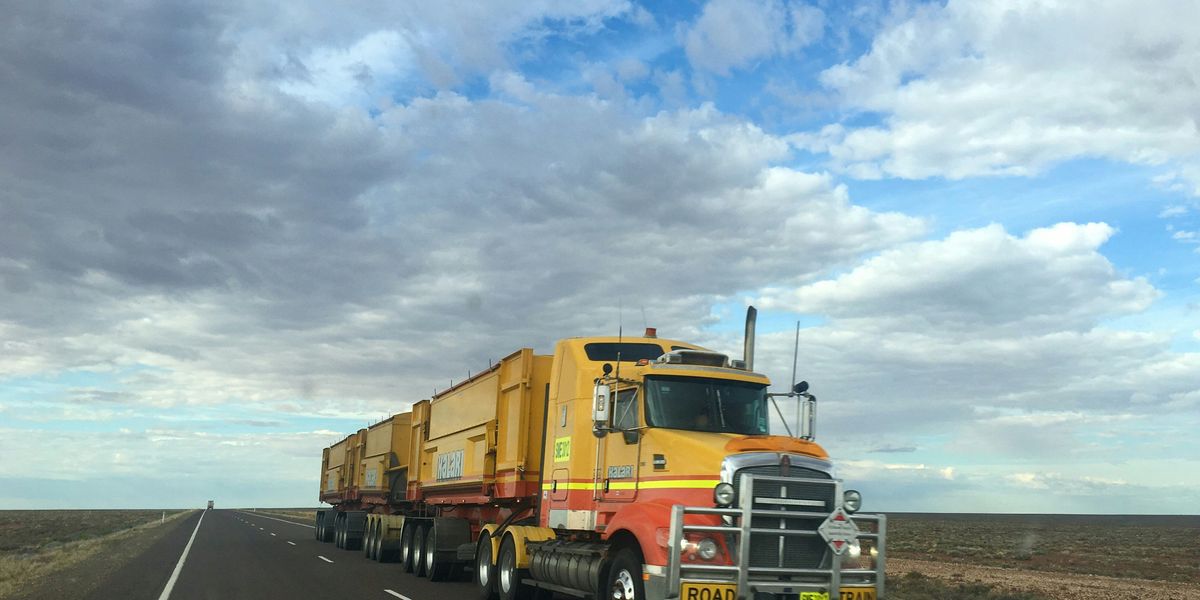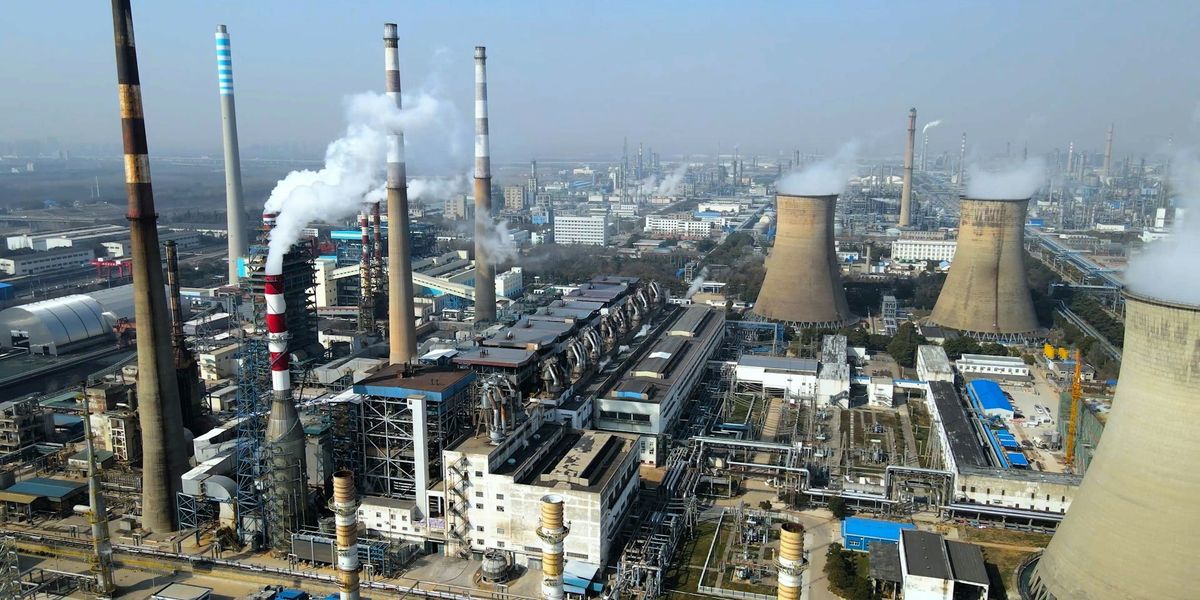mycotoxins
Drought conditions contributed to high levels of mycotoxins in grains
Widespread drought throughout Europe during the 2022 growing season has directly impacted the presence of moulds and mycotoxins in new crop grains and forages.
WHO says climate change could have ‘considerable’ food safety impact
Mold concerns rise with the sea level
A day after Hurricane Sandy hit, Nancy Arnold waded down her basement stairs and saw five feet of storm surge partially submerging her furnace and hot water heater.
Crop stress leads to toxic corn: What can be done?
Climate change and extreme weather events stress crops out – enough to make them toxic for human and animal consumption. But scientists see challenge as opportunity to find more efficient ways to grow food.
Crops respond to the stress of warming temperatures in much the same way that humans respond to traffic or job interviews, according to a new United Nations Environment Program report.
The UNEP report states that food crops respond to climate stress by producing chemical compounds to protect themselves from extreme weather. The only problem is the heightened presence of the chemicals could prove toxic to humans and animals.
"We are just beginning to recognize the magnitude of toxin-related issues confronting farmers in developing countries of the tropics and sub-tropics," write the report's authors.
Scientists say that at normal temperatures, under normal growing conditions, plants are able to convert nitrate into amino acids and proteins. Extreme weather events, however, can cause the accumulation of a compound called hydrogen cyanide as well as a type of fungus called mycotoxins.
Accumulations of nitrate, hydrogen cyanide, and mycotoxins can have injurious effects on human health, and have prompted researchers to examine both the origin and possible solutions to the problem.
Studying crops under the stress of extreme weather is a first lesson in understanding the long-ranging and sometimes unexpected effects of climate change, scientists say.
"These kinds of health effects are an important dimension of climate change," Chris Field, the founding director of the Carnegie Institution's Department of Global Ecology, told The Christian Science Monitor by phone. "The things that often get us about climate change are the surprises."
There have been a number of studies on how different plants react to extreme climate events and climate change in terms of their physical growing season, Dr. Field told the Monitor. For instance, recent studies have shown the effect of rising carbon dioxide levels in the atmosphere on corn growth. Yet, Field says, few studies have examined if there are complications associated with eating these plants.
Stress reactions to climate change and extreme weather events found in plants are nothing new, however. In some cultures, farmers have traditional ways of mitigating the effects of the chemical compounds that these plants generate. Modern science, too, can help solve the burgeoning problem.
"Research centers with the Consultative Group on International Agricultural Research are developing seeds that are suitable in various regions that have been hit by climate change," Jacqueline McGlade, chief scientist and director of the Division of Early Warning and Assessment at UNEP, told Reuters.
According to Marilyn Warburton, a scientist with the US Department of Agriculture's Agricultural Research Service, there are several techniques that can be used singly or in concert to combat plant toxicity in warmer climates.
Dr. Warburton tells the Monitor that scientists are currently working on breeding mycotoxin-resistant maize hybrids, with one variety currently being tested in Africa. Scientists also have a way to "vaccinate" plants against one potent mycotoxin producing fungus, Aspergillus flavus, with a nontoxic form of the fungus.
Farmers can also treat corn seeds that carry the toxin with clay compounds or lime, a technique already in use in Mexico that has prevented toxic crops from being more of an issue there.
Scientists say that despite the apparently bleak outlook for global crops, there is a silver lining to this cloud. There is a great overlap between strategies that can protect the world's food supply, they say, and strategies that create a more ethical, more robust global community.
"One of the great opportunity areas offered by this problem is ... [providing] access to the knowledge and technologies that allow people to grow food as efficiently and safely as possible," says Field.
Katharine Mach, a senior research associate at Carnegie Science, told the Monitor that research on protecting crops from climate change is just in its early stages.
Dr. Mach echoed Field's worlds, saying, "Climate change can be the way to build a better world."
Crops are becoming toxic to withstand extreme weather conditions.
When plants adapt to the harsh environment, they accumulate toxins to dangerous levels that can kill livestock and can cause cancer and other serious illnesses in humans according to a report by the United Nations Environment Programme (UNEP).
What kind of crops are we importing if they are coming in from places that are prone to drought and intense rainfall?
May 27, 2016- It is not the drought as you know it. Scientists are saying so because they have found that it is not just about scarce water. They say that when the life sustaining liquid becomes quite scarce, plants find a way of surviving the extreme condition. And that is where the good news ends. The bad news is that when plants adapt to the harsh environment, they accumulate toxins to dangerous levels that can kill livestock and can cause cancer and other serious illnesses in humans.
How about heavy rainfall after a prolonged drought? If you thought it could be a respite for us all, you are in for a surprise. A new report has shown even drought-breaking intense rains can lead to accumulation of dangerous toxins in plants. Welcome to the world of extreme weathers and toxic crops.
70 percent toxic
That is the dire message the United Nations Environment Programme (UNEP) has delivered through a report released during its second general assembly this week. Scientists who wrote the report say extreme weather conditions and rising temperatures will make 70 percent of the world’s agricultural production toxic to animals and humans across the globe.
Such toxins include nitrate and prussic acid. The first one gets accumulated in crops like wheat, barley maize, millet, soybean, among others, because of acute droughts, the UNEP report says. The second one gets deposited in crops such as flax, maize, coffee, cherries, apples, among others, as a result of heavy rainfall after prolonged dryness.
In normal conditions, plants can turn nitrates into protein. But during extreme weather conditions, they cannot complete that process and the chemicals accumulate.
Several research before the UNEP report had found that nitrate and prussic acid poisoning occurs when cattle eat forage stressed by severe environmental conditions. The toxin converts the oxygen-carrying haemoglobin in the blood to methemoglobin which cannot carry the life supporting gas.
Worse news for us
While that is already bad news for small scale farmers and herders, mainly in poor countries like Nepal, there is even worse news. The UNEP report has warned that over 4.5 billion people from the developing world are at risk of exposure to a particular highly harmful toxin in crops.
It is known as aflatoxin, one of the mycotoxins that are chemical by-products of fungal growth causing severe damage to the health of animals and humans even at small concentrations. Mycotoxins fungi infect many crops such as coffee, groundnut, maize, oilseeds, peanut, sorghum, tree nuts, and wheat.
“In many African and Central American countries, a subsistence farmer may eat 500 grams of maize per day,” Professor John Leslie of Kansas State University told me in an interview I did for the BBC. “They can easily be exposed to threatening levels of aflatoxin, even if the grain meets the safety standards set by the EU.” In Kenya, for instance, hundreds of human death cases were attributed to the consumption of aflatoxin contaminated maize products some years ago.
“That prompted the Kenyan government to condemn 2.3 million bags of maize,” agriculture scientist Jagger Harvey, one of the authors of the UNEP report, told the BBC. Scientists say mycotoxins including aflatoxins get accumulated in crops because of increasing temperatures. And now the toxin is expected to contaminate crops in higher latitude.
A study published in 2013 showed aflatoxins were found in maize grown in different regions of Serbia because of hot and dry weather with prolonged drought during the spring and summer of 2012. Another study said the contamination in maize could become a food security issue in Europe. But, as you can imagine, European agro scientists might find one or the other way to deal with the issue.
Even in Africa, research is gaining ground. “Initiatives like the Partnership for Aflatoxin Control in Africa have been established to work with policymakers and other key stakeholders on the African continent, to help them address this particular challenge in concert,” said Professor Harvey. “We are at a critical point where the risk for contamination is significant, and potentially expanding; and interventions are being developed, adapted and deployed to address this issue globally.”
Our food security
The question now is: Will Nepal be able to take advantage of such solutions? Before seeking an answer to that, you need to ask a more fundamental question: Does Nepal even know what is happening to its crops in the wake of extreme weather events?
Or, do we know what kind of crops we are importing if they are coming in from places that are prone to drought and intense rainfall? The UNEP report has pointed out there is no dearth of such places now. And as Professor Leslie said: Food security has both quantity and quality aspects to it. “People need enough calories, but they also need to include essential nutrients and to exclude noxious contaminants such as disease-causing organisms and toxic chemicals.”
Khadka is a BBC journalist based in London
Published: 27-05-2016 08:41
Climate change is making food more toxic.
Mycotoxins mostly affect people living in the tropics, where warmer weather allows for fungal growth. They haven’t posed a major problem in the cooler latitudes of the northern grain belt. But if you are reading this you’ve probably already guessed: Climate change could change that.
Coming soon to a cereal bowl near you: Mycotoxins!
Mycotoxins are much scarier than a horror movie. They are poisons produced by fungi and can cause cancer, suppress immune systems, and straight up kill you. They’re already in a quarter of the world’s cereals, but mycotoxins mostly affect people living in the tropics, where warmer weather allows for fungal growth. They haven’t posed a major problem in the cooler latitudes of the northern grain belt. But if you are reading this you’ve probably already guessed: Climate change could change that.
A new report from the United Nations Environment Programme identifies toxic crops as a growing threat, driven by climate change. The UNEP has a map showing how mycotoxin exposure could spread north into Europe. If you want to visualize a similar map for North America, just remember that Washington D.C., and San Francisco are at about the same latitude as southern Greece.
Mycotoxins are specifically related to fungi but there are other ways the climate can kill you via your food. All plants contain low levels of chemicals that can become toxic if you eat enough of them, and drought is increasing concentrations of nitrate and hydrogen cyanide in foods.
For instance, plants need nitrate to grow, but during droughts some crops accumulate the chemical rather than converting it into protein. When other crops suck up a lot of water all at once they can capture dangerous amounts of hydrogen cyanide.
There are ways of adapting. To combat mycotoxins, the UNEP report recommends breeding fungi-resistant crops, drying seeds properly, and testing for contamination. Drought-resistant and disease-resistant crops would help prevent the accumulation of other toxins. Climate change will introduce these problems to the wealthier northern countries, but in poorer southern countries people are already suffering from the effects of toxic crops. Steps to fight mycotoxins, and other forms of toxicity, can’t come soon enough.
















